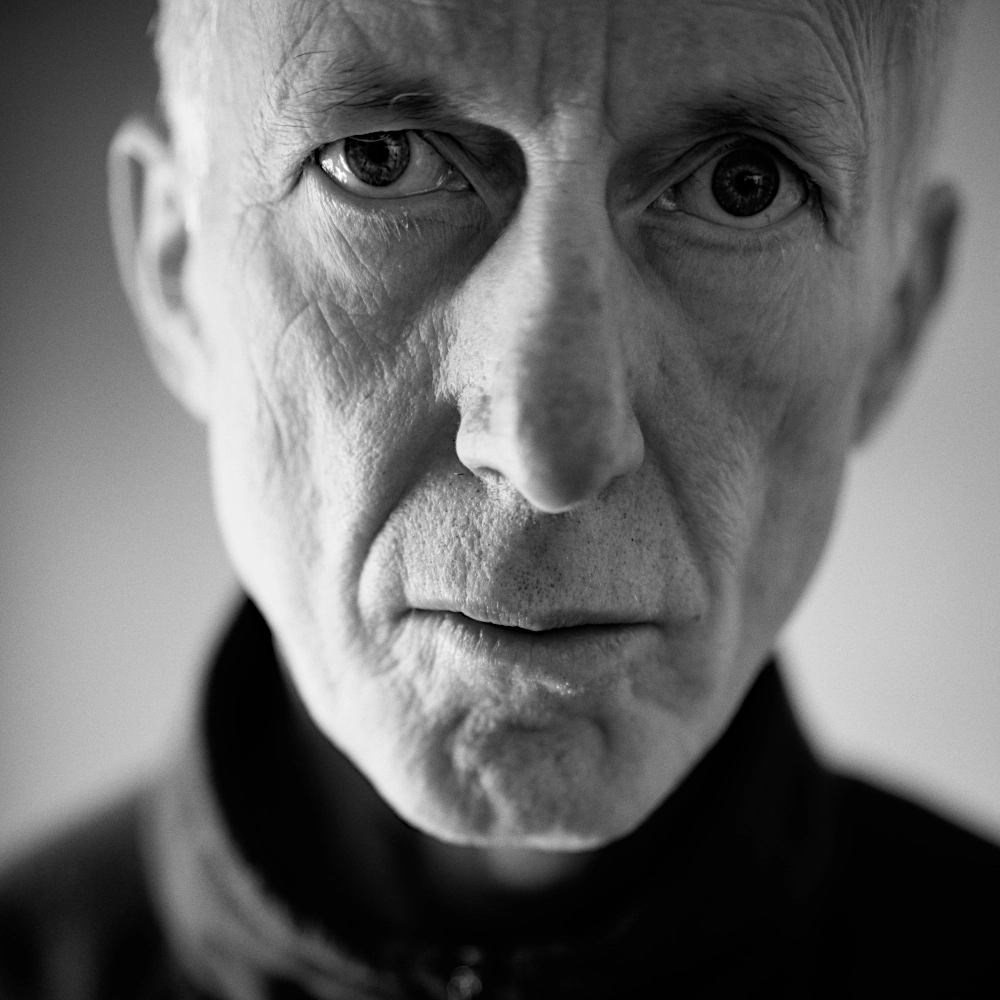Ralf Dreier is a self-taught photographer with more than 25 years of experience. With a particular focus on minimalist black and white photography in the fields of architecture and landscape, he strives first and foremost to convey emotions and moods with his images.
Statement:
My pictures are essentially about conveying feelings and moods, so I don't really try to tell a story with them. These moods and feelings are what I feel when I look at a landscape that I would also photograph. It's about relaxation and letting go of everyday problems. But if a story does develop in the viewer's mind, it's definitely positive, because it's their very personal story that they associate with my pictures.
However, it makes a difference whether we look at a landscape directly and immediately or whether we only look at a picture of it. Directly in the landscape, our brain is able to block out everything that distracts or disturbs us. At least this works if the distractions are not too dominant. In a photograph, small things often distract us and prevent us from finding the necessary calm and relaxation to engage with the image and let the feelings and moods come to us. I therefore try not to include any of these distracting elements in my pictures. I achieve this in my minimalist black and white pictures, for example, through the choice of image detail. Other disruptive elements that create unrest and therefore attract attention can be the sky or uneven water surfaces. For water surfaces, I usually use long exposures of up to two minutes in my pictures. This makes the surface soft and smooth and suddenly even conveys additional calm. With a turbulent sky, on the other hand, the only thing that usually helps is to wait for better conditions.
My favourite subjects are mainly landscapes and architecture. However, for me, the two tend to merge seamlessly. I prefer open landscapes that allow you to look into the distance. From my point of view, this helps me to detach my thoughts from the realities of everyday life. In densely built-up areas or mountainous landscapes, however, a clear view is often only possible in the direction of the sky. For this reason, the sky is becoming increasingly important in my pictures. And it also depends on the structure of the sky. A uniformly blue or grey sky is often somewhat boring, at least in a photo. On the other hand, restless clouds with strong contrasts can attract more attention than they deserve. It's simply important to wait for the sky to be as suitable as possible. In some cases, however, my pictures manage without looking into the distance. Then geometric shapes and structures take over the task of detaching thoughts from everyday life. The order of the geometric shapes and the regularity of the structures have a calming effect on the viewer and in this way help them to get into the mood of the picture.
